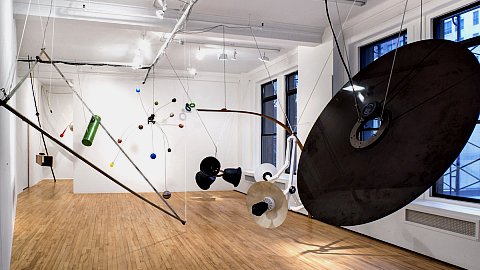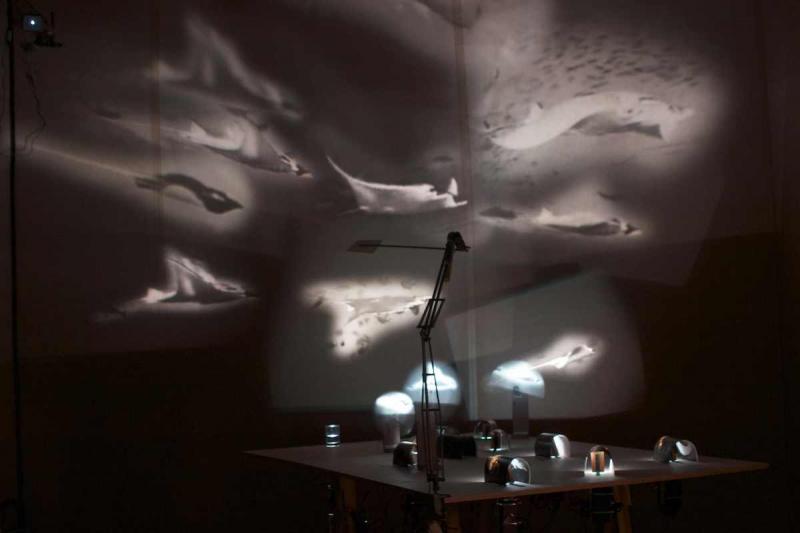Floating world(s)
 Contemporary Art | The term “floating world” refers to a central concept in Japanese culture that has progressively transcended its religious and pictorial origins, influencing the Western art world. The concept carries an interpretation of post-modern societies, including issues of displacement, movement and reversals; while also approaching the subjects of plurality and the fragility of the individual’s representation systems.
Contemporary Art | The term “floating world” refers to a central concept in Japanese culture that has progressively transcended its religious and pictorial origins, influencing the Western art world. The concept carries an interpretation of post-modern societies, including issues of displacement, movement and reversals; while also approaching the subjects of plurality and the fragility of the individual’s representation systems.

1 / 5
David Tudor, Rainforest V - Variation 1, 2015
© David Tudor & Composers Inside Electronics
Derived from the Japanese artistic movement Ukiyo (浮世 / 1603-1868), the term Floating world expresses the impermanence of things through paintings and woodblock prints, portraying the carefreeness of a society in the middle of a social and economic mutation. Its essence lies in the observation and appreciation of life as it unfolds before our eyes.
Mathieu Briand plays with the concept of impermanence in his exhibitions Le Monde Flottant (the Floating World) and Derrière le Monde Flottant (Behind the Floating world) at the […]
You have 75% of the article to read ...
This article is free to read.
To continue reading it…
Subscribe
FREE
To our newsletter
Have you already subscribed to our newsletter?
Please enter your e-mail address
Read also
External Links









